Dutch Word Order: Position of the Verb in the Sentence. A worksheet on the Dutch sentence structure
Dutch Word Order: Position of the Verb in the Sentence
Subject + Verb
- Ik praat. (“I talk.”)
- De jongen verft. (“The boy paints.”)
Contrary to languages like Spanish or Italian, the subject is almost never dropped in Dutch. A Dutch sentence structure is not complete without the subject.
Adding an Object
The (direct) object in Dutch is called lijdend voorwerp, which translates to “leading entity/object.” In Dutch language word order, it normally comes right after the verb.
Subject + Verb + (Direct) Object
- Ik praat met mijn vader.(“I talk to my father.”)
- De jongen verft de deur. (“The boy paints the door.”)
The object can be direct or indirect. In the above examples, the object is direct. However, you can also add an indirect object after the direct object.
Subject + Verb + Direct object + Indirect object
- Ik praat met mijn vaderover ons huis.(“I talk to my father about our home.”)
- De jongen verft de deurmet verf. (“The boy paints the door with paint.”)
A direct object is a noun or pronoun that’s directly affected by the actions of the subject. An indirect object is a person or thing that’s involved in the actions in some way.
Adding Adjectives
Most Dutch adjectives go BEFORE the noun they describe.
- Mijn lieve vader (“My sweet father”)
- De gele deur (“The yellow door”)
So when we add the adjective to the sentence, it looks like this:
Subject + Verb + Adjective + Direct object + Adjective + Indirect object
- Ik praat met mijnlieve vader over onsmooie huis.(“I talk to my sweet father about our beautiful home.”)
- De jongen verft de gele deur met zwarte verf. (“The boy paints the yellow door with black paint.”)
As you can see, the adjectives are placed right before the nouns they describe.
2- Adding Adverbs
In Dutch word order, adverbs that modify a verb usually come AFTER that verb:
Subject + Verb + Adverb
- Ik praat veel. (“I talk a lot.”)
If the adverb influences another adverb, the sentence would be:
Subject + Verb + Adverb + Adverb
- Ik praat altijd veel. (“I always talk a lot.”)
And if the adverb modifies an adjective, the Dutch sentence structure would be:
Subject + Verb + Adverb + Adjective + Direct object
- Ik praat met mijnzeer lieve vader.(“I talk to my very sweet father.”)
So, as you can see, if the adverb modifies an adverb or adjective, it usually comes AFTER the verb and BEFORE the adverb or adjective.
Time-Manner-Place
Let’s have a look at these three specific types of adverbs, and place them in the sentences we’ve been using:
- Ik praat vandaag rustig in de tuin. (“I talk today quietly in the garden.”)
- De jongen verft al uren aandachtig thuis. (“The boy has been painting at home carefully for hours.”)
Subject + Verb + Adverb of time+ Adverb of manner+ Adverb of place+ Adjective + Direct object+ Adjective +Indirect object
- Ik praat vandaag rustig in de tuinmet mijnlieve vader over onsmooie huis.(“I talk today quietly in the garden with my dear father about our beautiful house.”)
- De jongen verft al uren aandachtig thuisde gele deur met zwarte verf. (“The boy has been carefully painting the yellow door with black paint for hours at home.”)
However, it’s also possible to place the time and place adverbs at the beginning of the sentence. This is generally done to put emphasis on these adverbs:
- Vandaag praat ik rustig in de tuin met mijnlieve vader over onsmooie huis.(“Today, I talk today quietly in the garden with my dear father about our beautiful house.”)
- In het huis verft de jongen al uren aandachtig de gele deur met zwarte verf. (“In the house, the boy has been painting the yellow door carefully with black paint for hours.”)
Adding a Verb at the End of a Sentence
Here’s an example for all six of the Dutch tenses that can make sentences end with a verb:
- Present perfect: De jongen heeft in het huisde gele deur met zwarte verf geverfd. (“The boy has painted the yellow door in the house with black paint.”)
- Past perfect: De jongen had in het huisde gele deur met zwarte verf geverfd. (“The boy had painted the yellow door in the house with black paint.”)
- Future simple: De jongen zal in het huisde gele deur met zwarte verfverven. (“The boy will paint the yellow door in the house with black paint.”)
- Future perfect: De jongen zal in het huisde gele deur met zwarte verfhebben geverfd. (“The boy will have painted the yellow door in the house with black paint.”)
- Conditional: De jongen zou in het huisde gele deur met zwarte verf verven. (“The boy would paint the yellow door in the house with black paint.”)
- Conditional perfect: De jongen zou in het huisde gele deur met zwarte verf hebben geverfd. (“The boy would have painted the yellow door in the house with black paint.”)
As you can see, the Dutch sentence structure for these tenses will be:
Subject + Working verb + Adverb + Adjective + Direct object + Adjective + Indirect object + Other verb
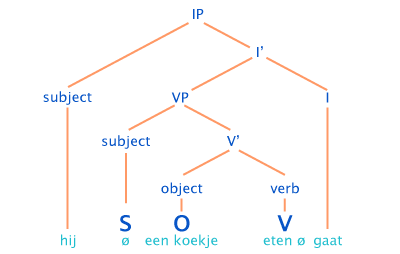
Making Questions
To make a question, turn the verb and subject of a statement around.
Verb + Subject + Adverb + (Adjective) + Direct object + (Adjective) + (Indirect object)
For example:
- Verf je morgen die lelijke deur groen? (“Will you paint that ugly door green tomorrow?”)
- Praat hij graag met zijn vaderdoor de telefoon? (“Does he like to talk to his father on the phone?”)
Another way to make questions is through question words:
- Wie (“Who”): Wie verft de deur? (“Who paints the door?”)
- Waar (“Where”): Waar verf je de deur? (“Where do you paint the door?”)
- Wanneer (“When”): Wanneer verf je de deur? (“When do you paint the door?”)
- Hoe (“How”): Hoe verf je de deur? (“How do you paint the door?”)
- Waarom (“Why”): Waarom verf je de deur? (“Why do you paint the door?”)
- Wat (“What”): Wat doe je met de deur? (“What do you do with the door?”)
As you can see, the Dutch word order with question words is:
Query word + Verb + Subject + Direct object

Level
This lesson can be used for adults from elementary to intermediate levels.
Aim
The aim of this lesson is to learn the word order in Dutch
Preparation
First print out the worksheet, then copy a worksheet for each student in the class.
Procedure
Go through the grammar and exercises together.



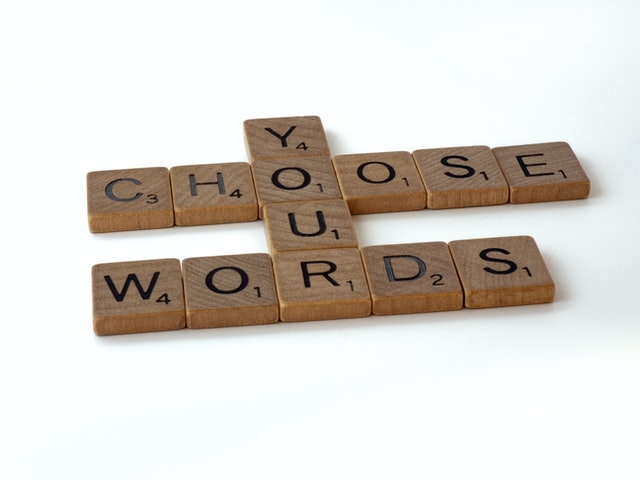
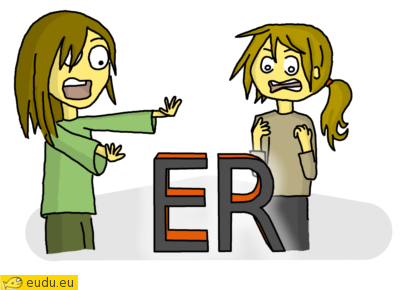
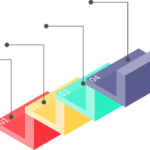

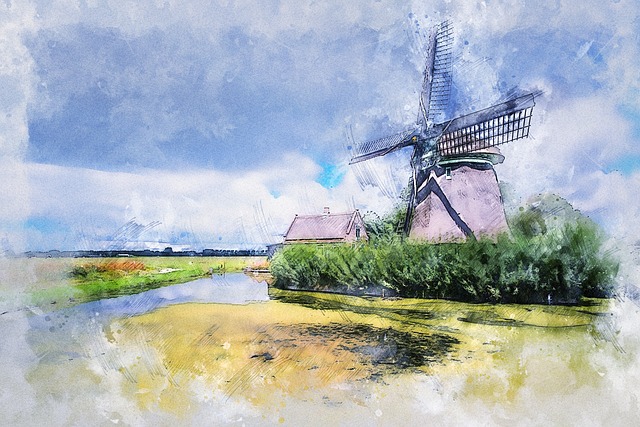
This might have been really good except you’ve left lots of spaces out and ruined it